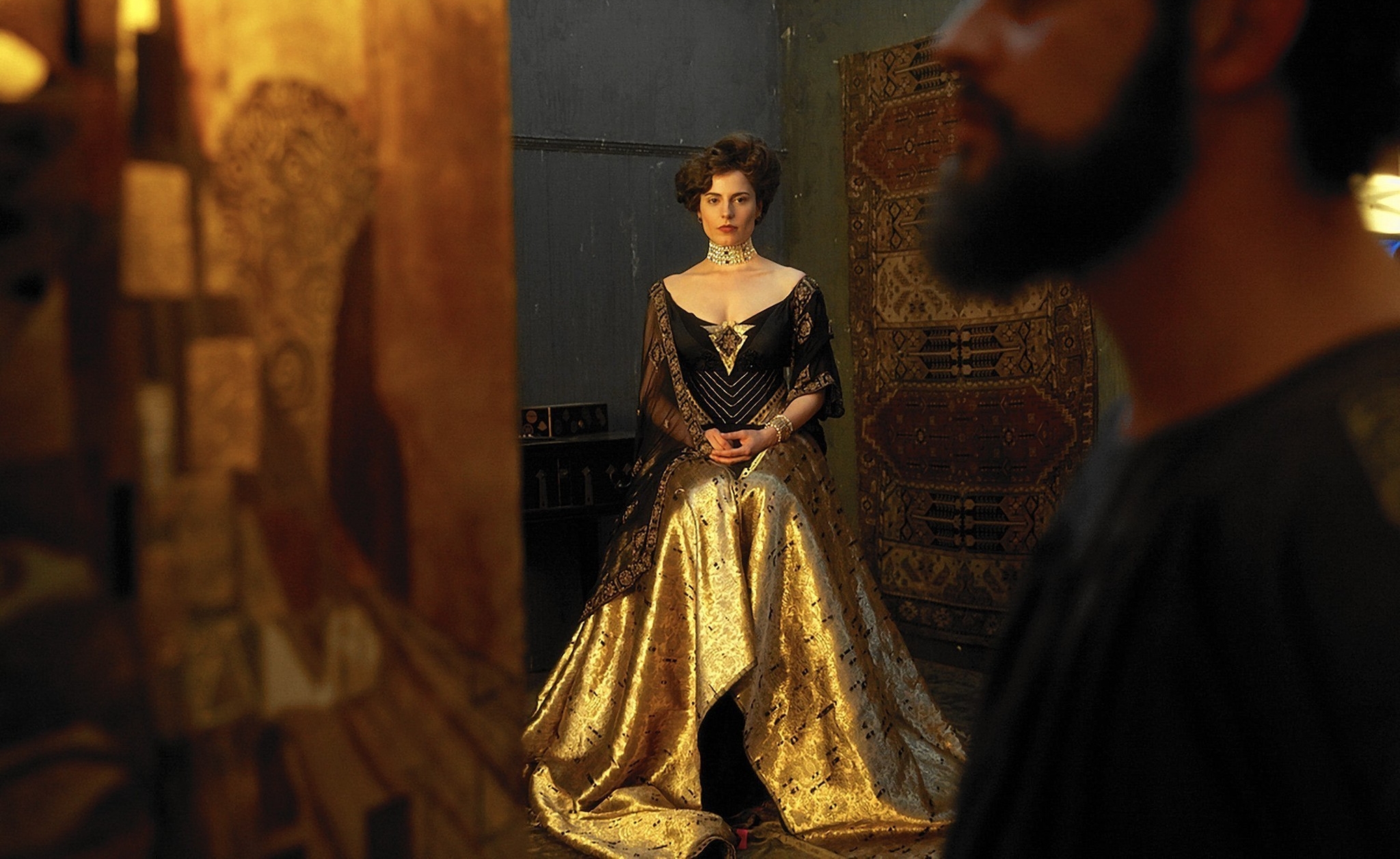In the pursuit of truth and justice, Woman In Gold fails to deliver where so many others have torn out our hearts and broken our tear ducts. It feels as though director Simon Curtis was shooting for the determination and righteousness of such classics as To Kill A Mockingbird, Mr. Smith Goes To Washington and A Time To Kill, but was wrangled back by a Hollywood safety net. The result? A flat, mediocre and otherwise passionless fight.
It comes as even more of a disappointment when you realise just how much potential the film held. Its cast is well seasoned, with Helen Mirren and Ryan Reynolds at the helm. And its story is pure, having been based on the true life battle of Maria Altmann (Mirren), a woman who fled Austria during the Nazi reign and who, decades later, is undertaking a lengthy quest to be reunited with the stolen portrait of her aunt (The Woman In Gold).
What follows reads like your typical Hollywood script: Altmann enlists the help of a young whippersnapper lawyer, Randol Schoenberg (Reynolds), to oversee her case. And, as a sort of perfect kismet, he too has ties to the Holocaust and Austria, being the grandson of one of its most famous composers.
Determination settles in, as does the disappointment of setbacks, but at each turn there isn’t enough to make the audience root for the underdog. Mirren focuses too heavily on delivering a quirky character, so that times of defeat leave the audience deflated instead of tenacious. Reynolds is much the same, his character lacking the gusto and conviction of a man seeking the justice his client deserves, and we inevitably begin to stop caring about the result.
Ironically, it’s Altmann’s backstory that takes centre stage and tugs at our emotions. Riddled with pain and beauty, it’s a chillingly beautiful montage of the days she spent with her aunt, the magic and joy of her wedding, the sadness and guilt of leaving her parents, and the fear and terror of the Nazis as she fled to safety. Now that would have been a story to break our tear ducts.
BY STEPHANIE YIP

